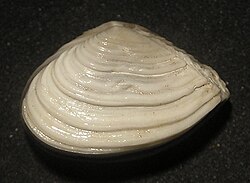This article relies largely or entirely on a single source .(May 2021) |
| Aral Formation | |
|---|---|
| Stratigraphic range: Oligocene – Miocene | |
| Type | Formation |
| Location | |
| Coordinates | 50.3° N, 57.2° E W [1] |
| Region | Aktyubinsk |
| Country | Kazakhstan |
The Aral Formation is a geologic formation in Kazakhstan. It preserves fossils dating back to the Neogene period. [1] Much of its fossils consist of Glires and fish, though cetaceans and cryptobranchid salamanders are also known.
